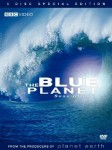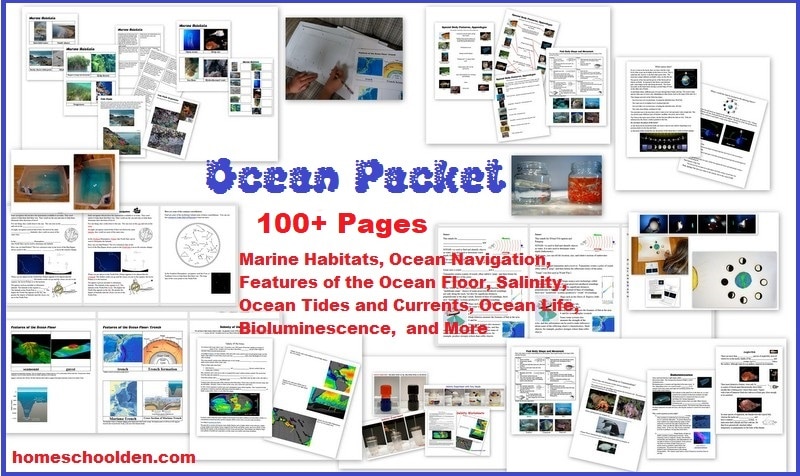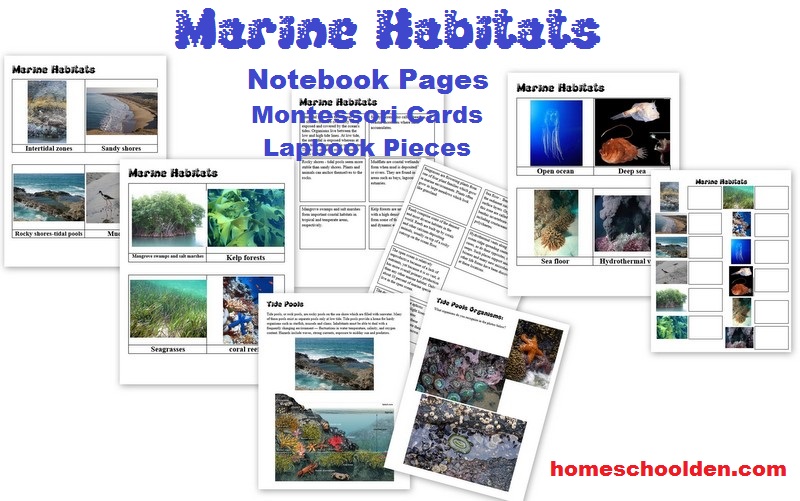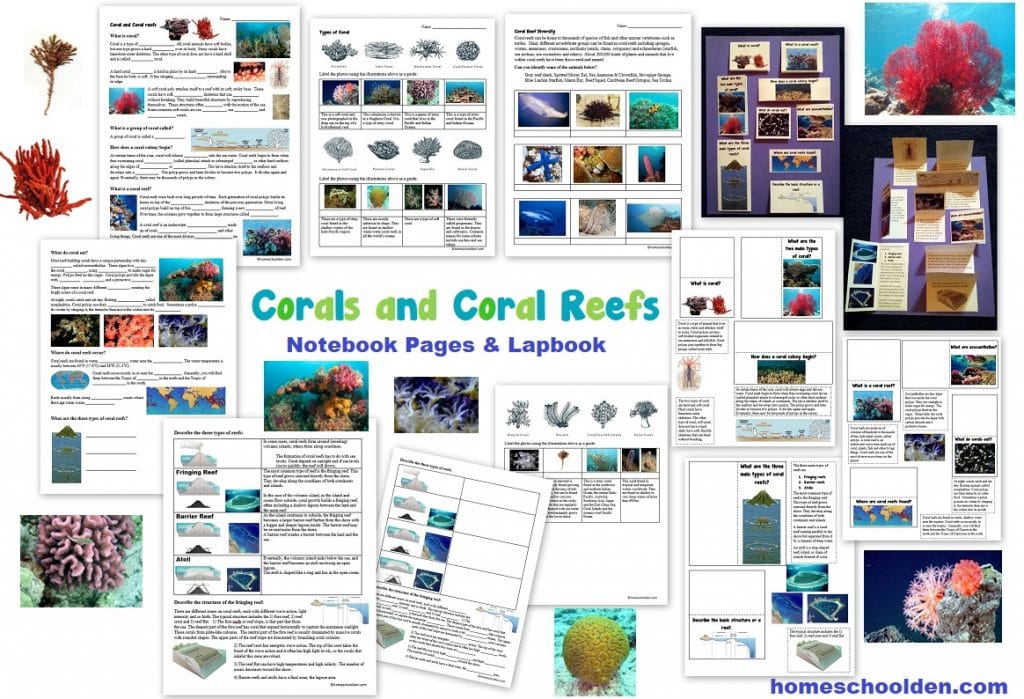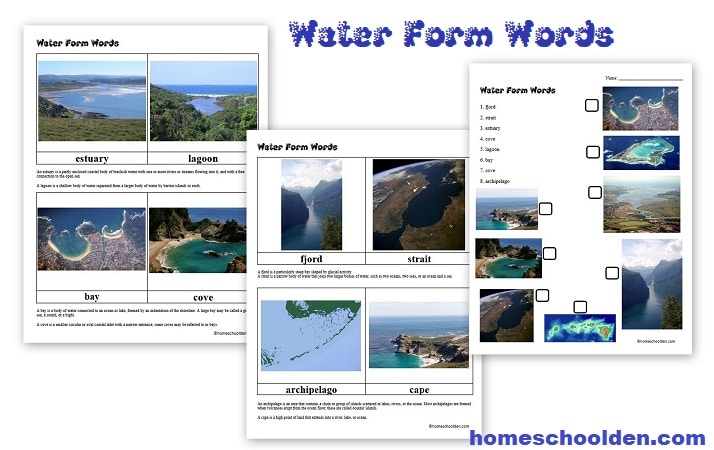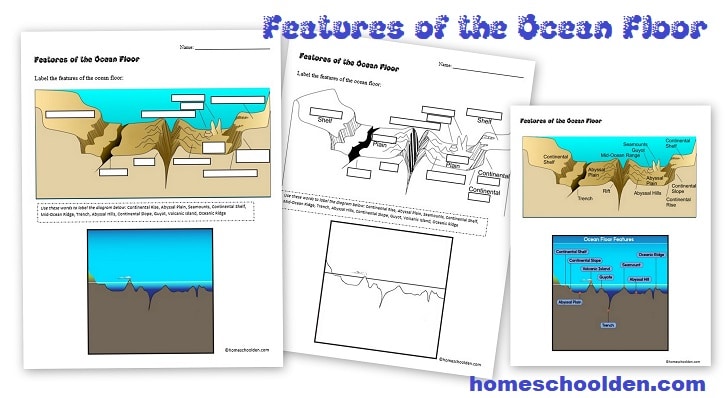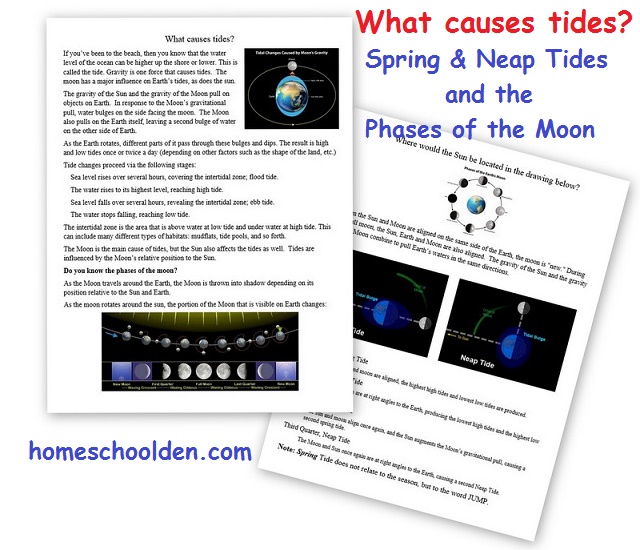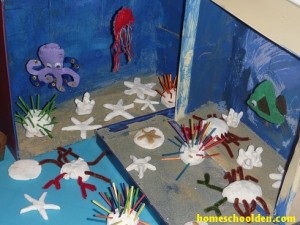Bioluminescence – and Ocean Zones: Ocean Unit Activities
In this part of our unit we talked about the ocean zones and spent quite a bit of time talking about the creatures that live in these different zones. Some organisms spend the day in the darker zones and then travel up into the upper zone at night to feed.
We also talked about bioluminescence in quite a bit of detail. We found it fascinating that because there are so many organisms that dwell in the ocean (in comparison to those that dwell on land), more creatures use light (bioluminescence) to communicate than use sound (including ALL human languages)! Depending on how you count it nearly 80% of animals in the open waters emit light (not including animals that dwell on the ocean bottom).
We talked about the main reasons why (sea) creatures have bioluminescence:
- counter-illumination
- defense
- warning
- attracting prey
- attracting a mate
These will be available next week when we release our 100+ page Ocean Unit Packet!
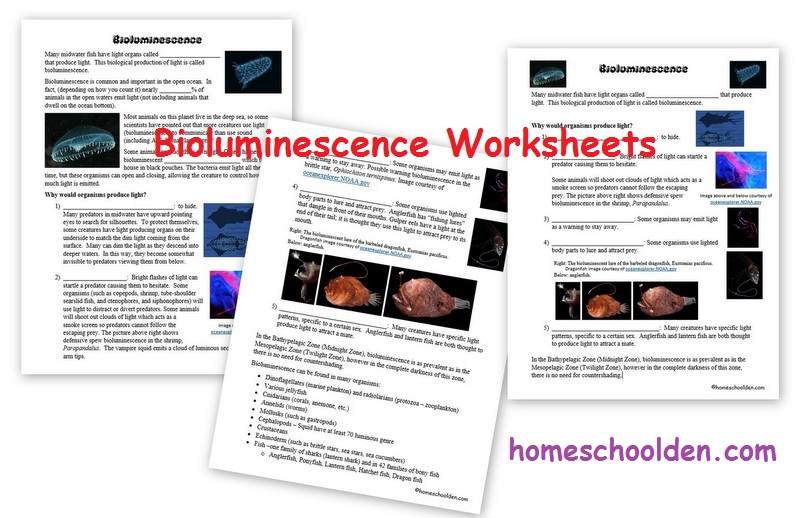
We also watched a couple of different videos on youtube for this portion of our unit. This PBS Nova documentary: Creatures of Light
and the National Geographic video: Amazing Creatures and Fish of the Deep Ocean
This video was interesting because it talked about the history of underwater exploration from Alexander the Great using an inverted glass jar to explore the Mediterranean and open bottom diving bells to the spherical submersible, the bathysphere, that explored undersea wildlife in 1934 and the submersible, Trieste, that went 11 kilometers deep in 1960.
We also talked about the Ocean Zones.
We did an activity to sort various ocean animals into the different zones.
We talked about how some animals spend their days in the midnight zone, but make their way up to the sunlight zone at night to feed. Viperfish, for example, stay between 250 to 5,000 feet during the day and rise at night to feed. Lanternfish are also known for their vertical migration.

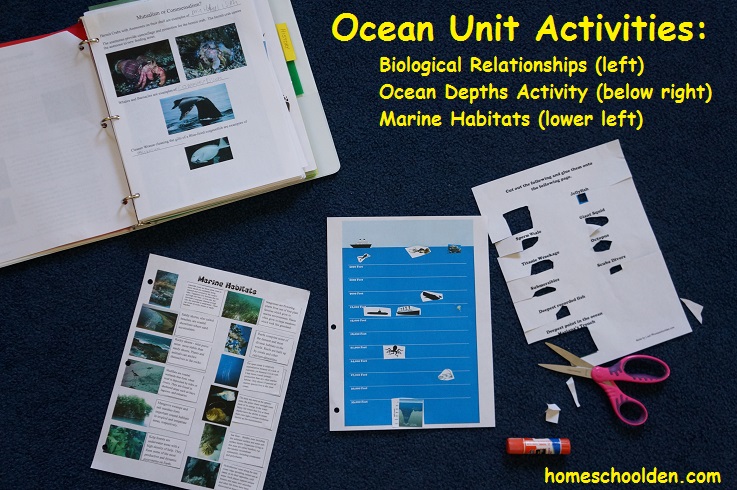
You may be interested in our other Ocean Unit Posts:
- Features of the Ocean Floor
- Ocean Activities: The Moon and Tides (Spring and Neap Tides and more!)
- Ocean Unit: 5 Salinity Activities & Why the Ocean is Salty
- Surface Currents, Deep Sea Currents Activities
- Ocean, Seas and Straits – Pin Map Printable
If you have younger kids you may be interested in the ocean activities we did when they were preschool and early elementary age:
- Ocean Animals and Their Groups
- Ocean Activities: The Ocean Zones, Layers of the Ocean
- Ocean Activities – diorama
Disclosure: Please note that some of the links in this post are affiliate links, and at no additional cost to you, I will earn a commission if you decide to make a purchase.
See you again soon here or over at our Homeschool Den Facebook Page. Don’t forget to Subscribe to our Homeschool Den Newsletter! ~Liesl
